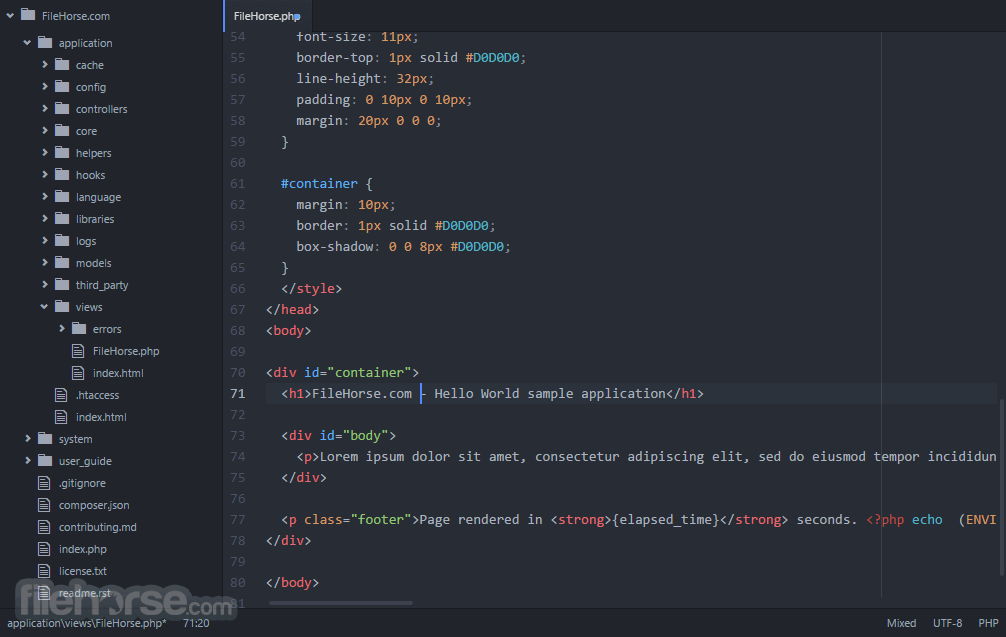Atom's Echo Mac OS
I've spent years curating a collection of Mac bash aliases and shortcuts to make my life easier. My full .bash_profile is below, feel free to take whatever you find useful and put it to good use.
A (very) quick primer on .bash_profile for Mac Users
Environment variables are used to store system-wide values that can be used by any user and process under the operating system. Setting environment variables is essential in the steps of certain installations we covered such as How To Install Java or How To Install Java On Raspberry Pi.
- An element is a fully containerized microservice that utilizes an Atom OS language client to expose some novel functionality to the system. Some examples of elements are: Realsense Camera Driver; Stream Viewer; Segmentation algorithm; Recording tool; Each element exposes its functionality through two main features of the Atom OS: Commands; Data Streams; Commands.
- Sample bash script to show how to parse the macOS version - osversion.sh.
There is a hidden file in your Mac’s user directory named .bash_profile. This file is loaded before Terminal loads your shell environment and contains all the startup configuration and preferences for your command line interface. Within it you can change your terminal prompt, change the colors of text, add aliases to functions you use all the time, and so much more.
This file is often called a ‘dot file’ because the ‘.’ at the beginning of it’s name makes it invisible in the Mac Finder. You can view all invisible files in the Terminal by typing ls -al in any directory.
How to edit your .bash_profile
For the newly initiated, here’s how you can edit the .bash_profile on your Mac.
Step 1: Fire up Terminal.app
Step 2: Type nano .bash_profile – This command will open the .bash_profile document (or create it if it doesn’t already exist) in the easiest to use text editor in Terminal – Nano.
Step 3: Now you can make a simple change to the file. Paste these lines of code to change your Terminal prompt.
Step 4: Now save your changes by typing ctrl +o Hit return to save. Then exit Nano by typing ctrl+x
Step 5: Now we need to *activate your changes. Type source .bash_profile and watch your prompt change.
My .bash_profile
I have been compiling my own set of aliases and configurations for years in which time I have borrowed copiously from others who have made their aliases available online. I can claim credit for very little of what follows. I recently became aware of alias.sh, a site making sharing BASH aliases easy. Check it out.
Update: Due to popular demand, my bash profile is now available as a Gist for your forking pleasure.

Without further ado, here is my .bash_profile:
Update: If you enjoyed this post, you might also like:
Atom's Echo Mac Os Pro
A collection of Bash scripting utilities I compiled to make custom Bash programming easier.